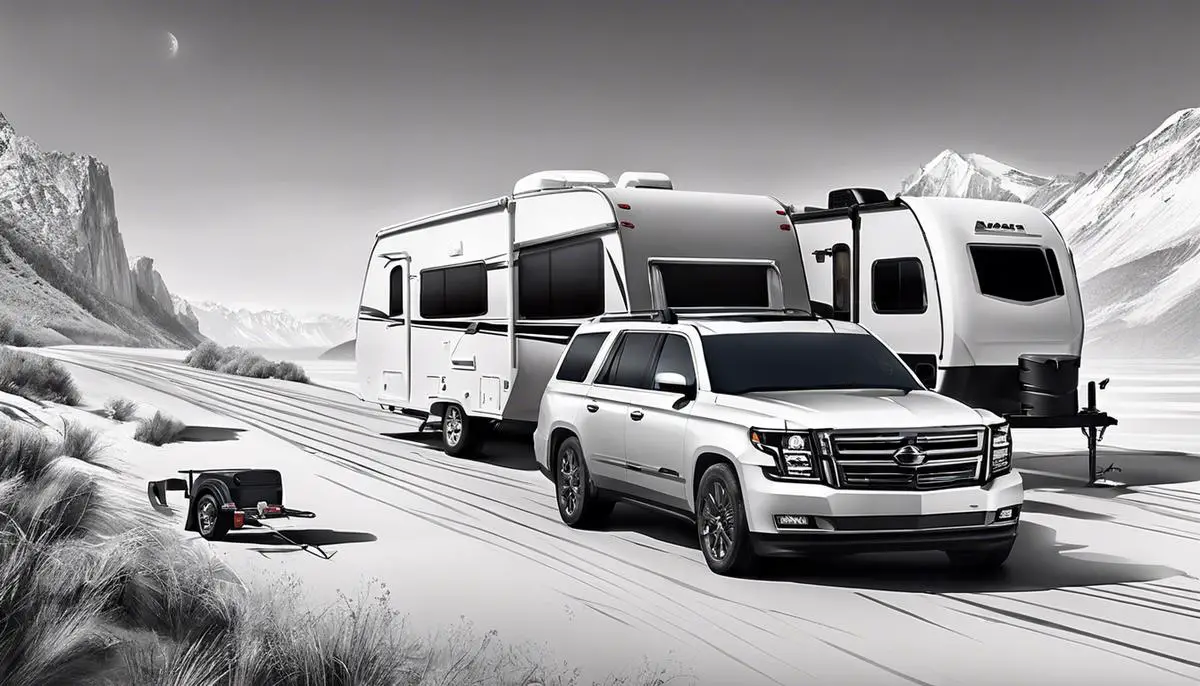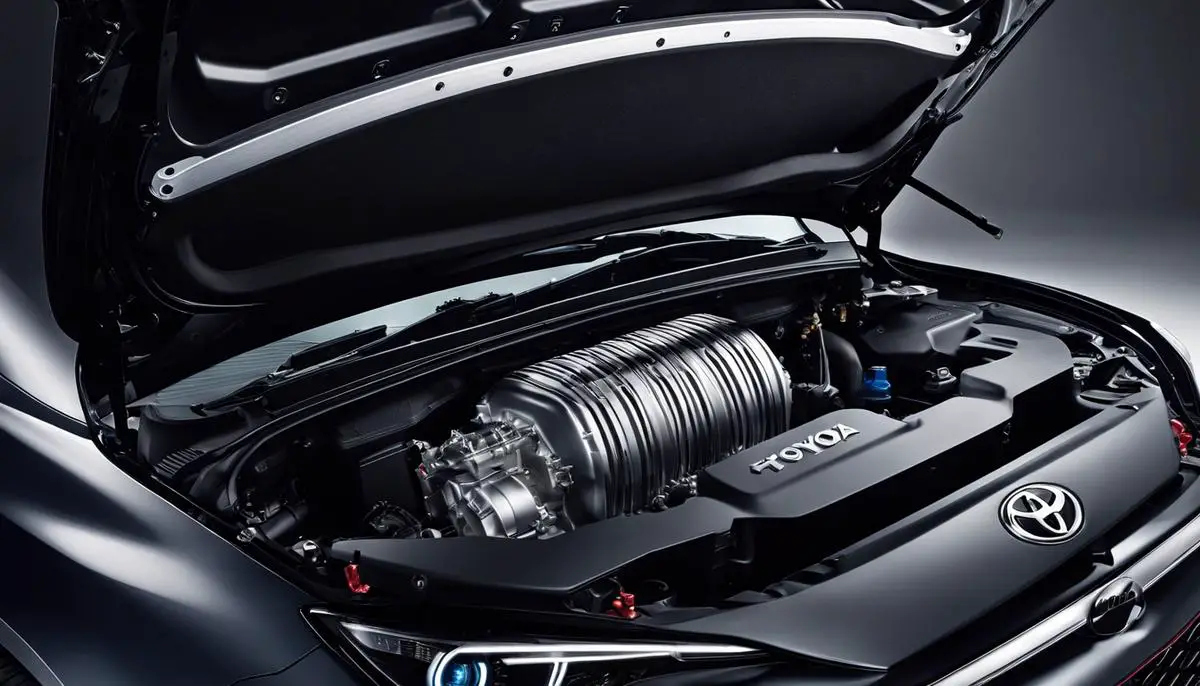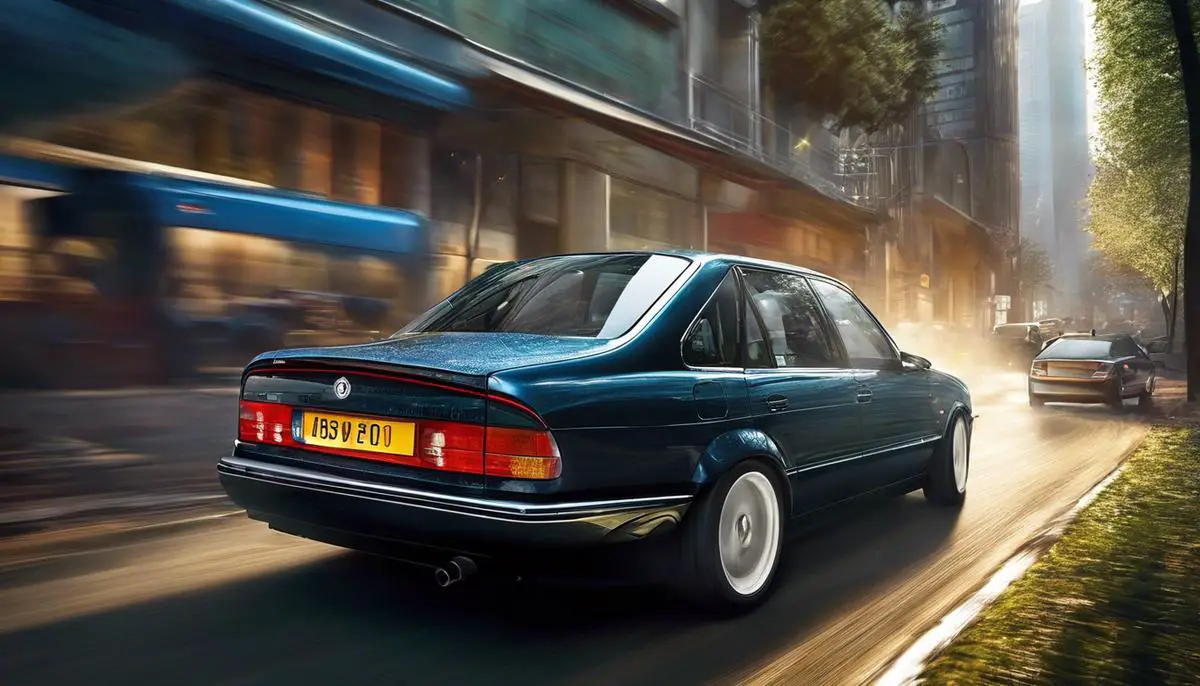When it comes to the high-stakes realm of performance driving, every component of a car’s design can have a monumental impact on its overall capabilities. Among these critical aspects, the size of brake rotors plays a pivotal role in a vehicle’s stopping power and the driver’s confidence during aggressive maneuvers. As the unsung heroes of the braking system, rotors are not merely discs of metal, but sophisticated elements engineered to manage the high thermal demands of performance braking. Understanding the intricate dance of energy conversion, from kinetic to thermal through friction, is essential for enthusiasts who demand the most from their vehicles. This discourse aims to unravel the complexities behind brake rotor dynamics and their significance in the world of performance cars, where every detail counts towards achieving the zenith of automotive precision and safety.
Contents
Understanding Brake Rotor Dynamics
Ah, brake rotors! They’re the unsung heroes of high-speed adventures, crucial for anyone who loves the thrill of performance vehicles. Let’s dive into the nitty-gritty of how these essential components keep speedsters safe on the road and why they’re a centerpiece in the world of automotive hobbies.
At its core, a rotor is a flat, round piece of metal, and it’s part of the disc brake system found in many modern vehicles. These rotors play a huge role in making sure a car can stop when it needs to – especially important when you’re dealing with the power of performance vehicles.
Here’s the simple scoop: when you press down on the brake pedal, the brake system squeezes the brake pads against the rotor. The friction caused by the pads rubbing against the rotor slows down the wheel’s rotation and bam! The vehicle begins to stop. This process converts kinetic energy (the moving energy of your car) into thermal energy (heat).
Now, for performance vehicles, stopping power needs to be top-notch. That’s where the design and material of brake rotors come into play. Performance rotors are usually made of high-grade materials like carbon-ceramic. They are lighter and can handle high temperatures better than standard rotors – a must for cars that go super-fast and need to stop on a dime.
There are different types of rotors too – from the simple ‘smooth’ rotors to the more advanced ‘slotted’ or ‘cross-drilled’ designs. Smooth rotors have a flat and unmarked surface, great for most situations, but not the best for intense driving. Slotted and cross-drilled rotors have grooves or holes in them, which help move the heat away faster, reducing the chance of overheating – something performance drivers certainly don’t want when hugging those tight corners!
One pro tip for the eager enthusiasts is to always check for rotor wear. Over time, the friction wears them down, and worn-out rotors spell trouble. They can cause longer stopping distances and might even damage other parts of the brake system. So, keep an eye on them, and when they start getting thin or showing deep grooves, it’s time for a change.
In the end, good brake rotors can make the difference between a heart-pounding lap around the track and a heartbreaking call to a tow truck. Understanding how they function and keeping them in top shape ensures performance vehicle drivers can keep chasing that adrenaline safely, lap after glorious lap.
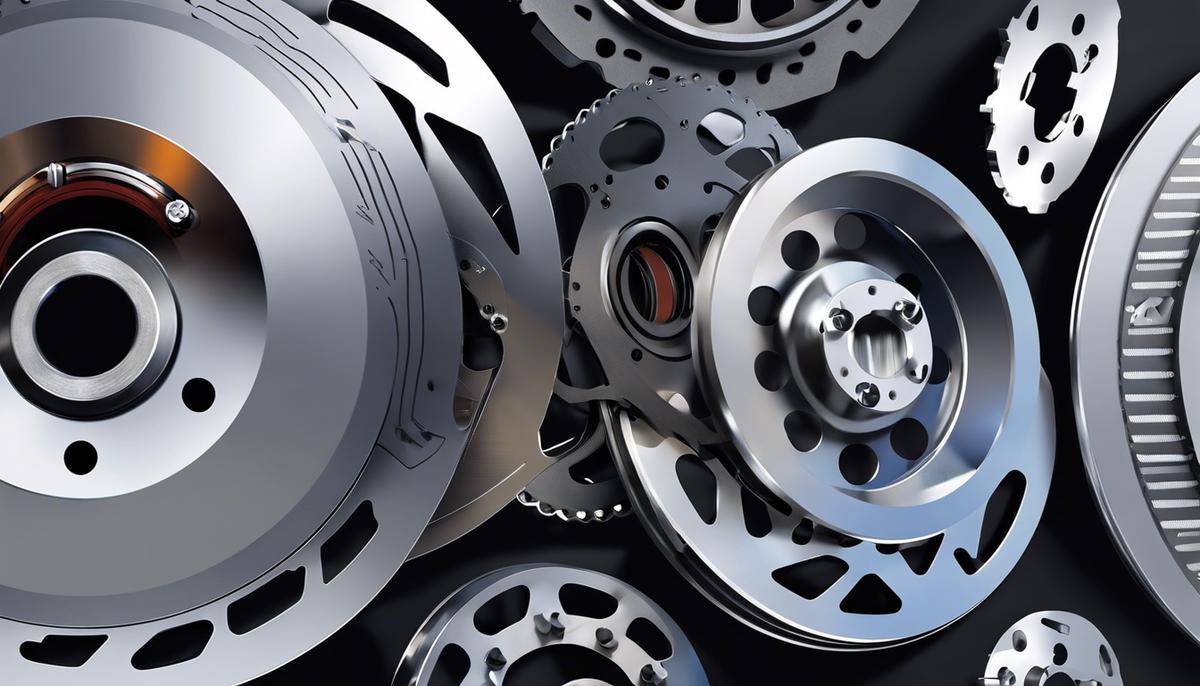
The Impact of Rotor Size on Performance
Stepping Up Your Game: Upsized Brake Rotors and Handling
In the world of performance enhancement, attention often zooms in on heart-racing speed and snappy acceleration. However, the unsung hero that truly rounds out a vehicle’s performance repertoire is the ability to stop efficiently — and that’s where upsizing brake rotors come into play.
The concept of “upsizing” refers to increasing the diameter of brake rotors beyond the standard size that comes with most vehicles. This upgrade might seem like a minor tweak, but it packs a punch when it comes to improved handling and safety. Let’s dive into why larger brake rotors could be the game changer your ride needs.
When a driver hits the brakes, it’s not just about coming to a halt; it’s about control. Larger rotors offer a more expansive surface area for brake pads to clamp down on. This means more friction, and with more friction comes the ability to reduce speed more effectively. Think of it as having a larger canvas for an artist – there’s more room to create a masterpiece of stopping power.
Another neat thing about upsized rotors is their improved heat dissipation. Brakes get hot, seriously hot, when in use. Heat build-up can lead to “brake fade,” which is when the brakes become less effective as they overheat. With their larger size, upsized rotors spread out the heat they generate over a greater area, cooling off more quickly and maintaining their grip on stopping power.
Larger rotors also mean a greater moment of inertia. This doesn’t mean your vehicle will become as hard to stop as a cargo train, though! Instead, this physics term simply suggests that the upsized rotor can handle more energy before it starts to heat up and deteriorate. That’s great news for handling because it assures consistency in brake performance, even under tough driving conditions like prolonged descents or during spirited driving episodes.
Lastly, upsized rotors can contribute to an improved appearance that may turn heads as much as your vehicle’s performance. Bigger rotors peeking through the wheels scream ‘performance’ and can give any vehicle a more aggressive and sporty aesthetic, complementing the overall driving experience.
So, when contemplating the next level for a vehicle’s performance, ponder beyond just speed enhancements. Remember that the power of a vehicle isn’t just in its ability to race ahead, but also in mastering the art of coming to a standstill effectively. Upsizing brake rotors might just be the handling hero you never knew you needed, simplifying the complex dance of speed and precision into one seamless motion. Ready to upgrade your ride? It’s time to put the brakes on being just fast and move on to being fast and formidable.
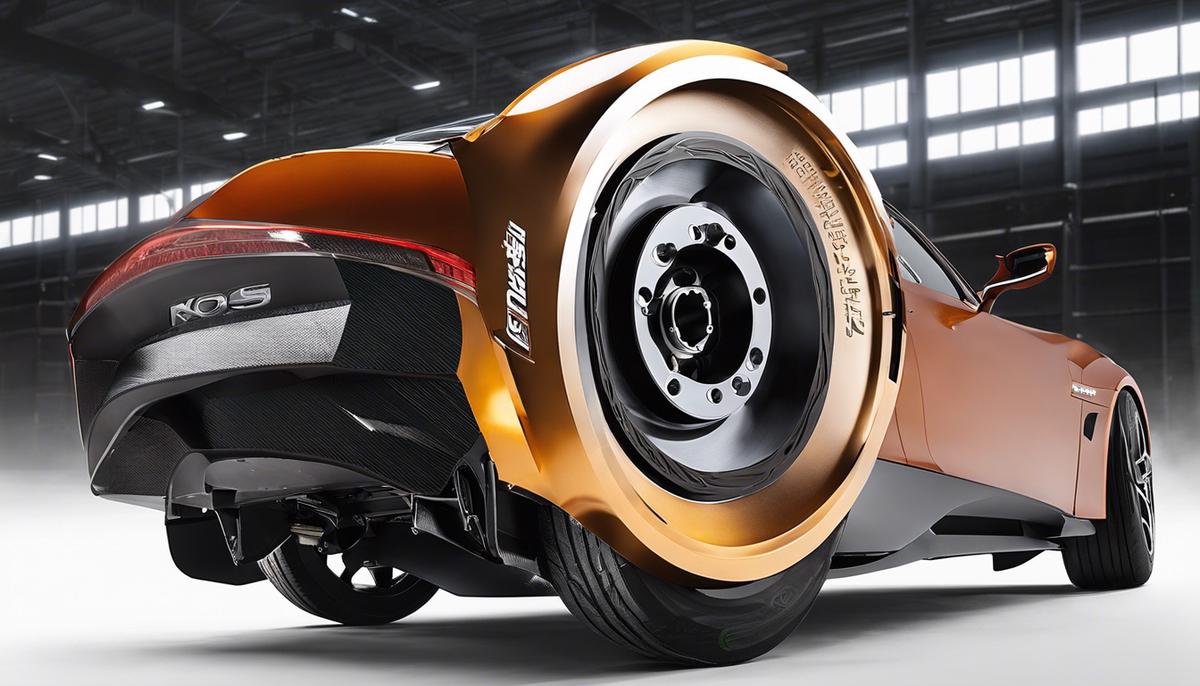
Rotor Size Versus Weight Considerations
Now, let’s shift gears and talk about the flip side of upsizing brake rotors. Often, the lure of beefier brakes can overshadow some key performance considerations. It’s crucial to understand that more isn’t always better when it comes to the size of your rotors.
First off, bigger brake rotors mean added weight. This isn’t just any weight – it’s what gearheads call “unsprung weight,” which affects how the suspension handles the road. More unsprung weight can lead to a less responsive and bumpier ride because the suspension has to work harder to keep the tire in contact with the road.
Then there’s the way your car handles stopping itself. With larger brake rotors, your vehicle might need more force to clamp down on those larger rotors effectively. This means your trusty brake system might need an upgrade to calipers that can handle the extra demand. Otherwise, the car might not stop any quicker despite the larger surface.
That added weight can throw another wrench in the gears, affecting fuel efficiency. It boils down to this: heavier car parts mean your engine’s gotta work more to get and keep your car moving. For folks mindful about miles per gallon, this could be a real downside.
It’s also worth mentioning that bigger rotors can be overkill for everyday driving. Performance benefits mostly kick in under high-stress driving conditions, like racing or towing. For your average cruise to the grocery store or commute to work, those large rotors aren’t really flexing their muscles the way they’re designed to.
And don’t forget about compatibility – slap on a set of rotors that are too big without considering the wheel size, and you might be in for a nasty surprise. There needs to be enough room for everything to fit without any rubbing or squeezing.
On top of all this, upsizing brake rotors can be a hit to the wallet. The parts themselves, plus labor, and any additional upgrades needed to make them work with your existing system – it all adds up.
To wrap this up, just remember that upgrading to larger brake rotors can bring advantages but it’s not a magic bullet for better performance. Consider all the factors: your car’s capabilities, how you use your vehicle, and if the benefits outweigh the drawbacks. Happy motoring and safe stops to you all!
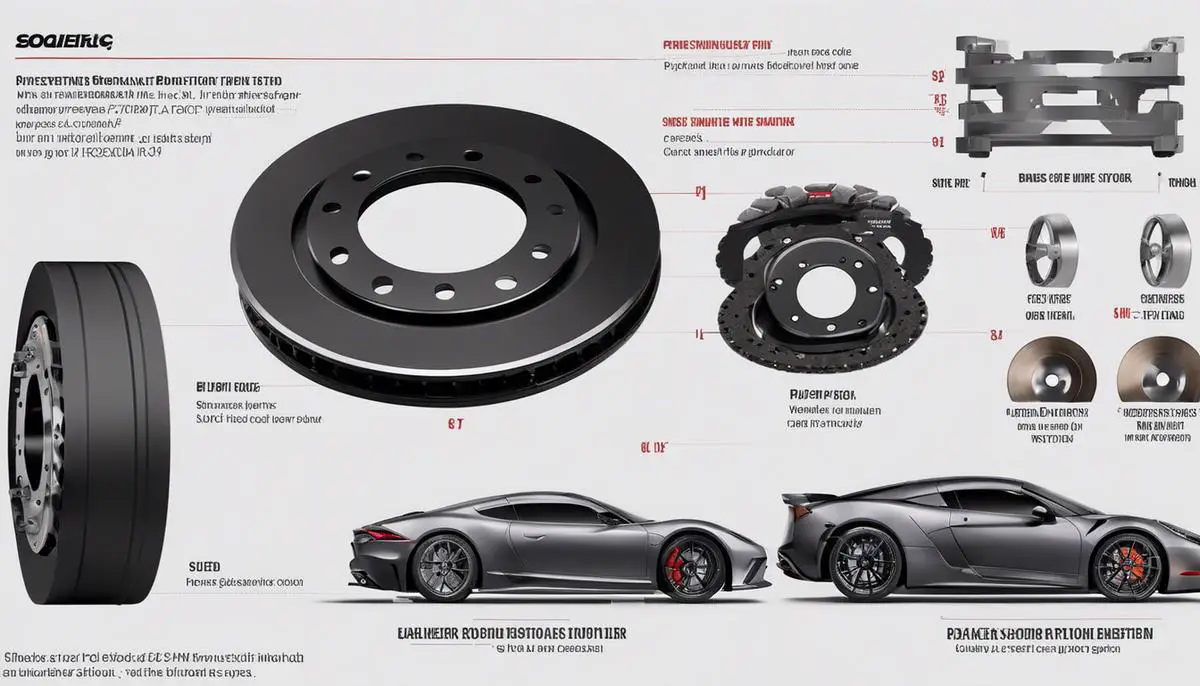
Choosing the Right Rotor Size for Your Vehicle
When choosing the right brake rotor size for a vehicle, there are several additional considerations to weigh. These choices impact not only the vehicle’s performance but also its overall function and efficiency.
Vehicle’s Purpose and Usage
It’s crucial to think about what the vehicle is mainly used for. For daily drivers, standard-sized rotors are often sufficient, providing a good balance between performance and cost. However, for those who regularly engage in towing, off-roading or circuit racing, larger rotors may be beneficial due to their increased stopping power and heat dispersion abilities.
Manufacturer Specifications and Recommendations
Always pay close attention to the manufacturer’s specifications. Each vehicle has a brake system designed to fit within certain parameters for optimal performance and safety. Deviating from these specs without proper knowledge can result in subpar performance or potential safety hazards.
Brake Rotor Material
The material of the brake rotor plays a vital role. The most common materials are cast iron, which offers affordability and good performance, and carbon-ceramic, which, while more costly, provide exceptional performance and are lighter in weight. The right choice depends on your performance needs and budget.
Wheel Clearance
Bigger rotors require more space, so wheel clearance is a non-negotiable. If there isn’t enough room within the wheel well, the larger rotors simply won’t fit, or they could cause issues with the wheel or suspension system. Before upsizing, confirm that there’s enough clearance in your vehicle’s wheel wells.
Maintenance and Replacement Costs
Upgraded parts often mean upgraded costs. Larger brake rotors can be more expensive to replace and maintain than standard ones. This factor is especially important to remember for those who don’t require the additional stopping power that upsized rotors provide.
Personal Preferences
Looks can matter, and for some, the aesthetic of larger, often more aggressive-looking rotors peeking out from behind stylish wheels is appealing. While looks shouldn’t trump performance or safety considerations, personal preference is a valid point in the decision-making process.
Expert Consultation
Seeking advice from a mechanic or a braking systems expert can offer guidance tailored to your specific vehicle and driving style. They can help determine if upsizing is appropriate or if other upgrades can achieve the desired improvements.
Making an informed decision about brake rotor size is essential to ensure that an upgrade enhances a vehicle’s performance without compromising on efficiency, safety, or overall drivability. Keep these factors in mind to choose the optimal brake rotor size for your ride, and always remember that sometimes, bigger isn’t always better—it’s about finding the right fit.
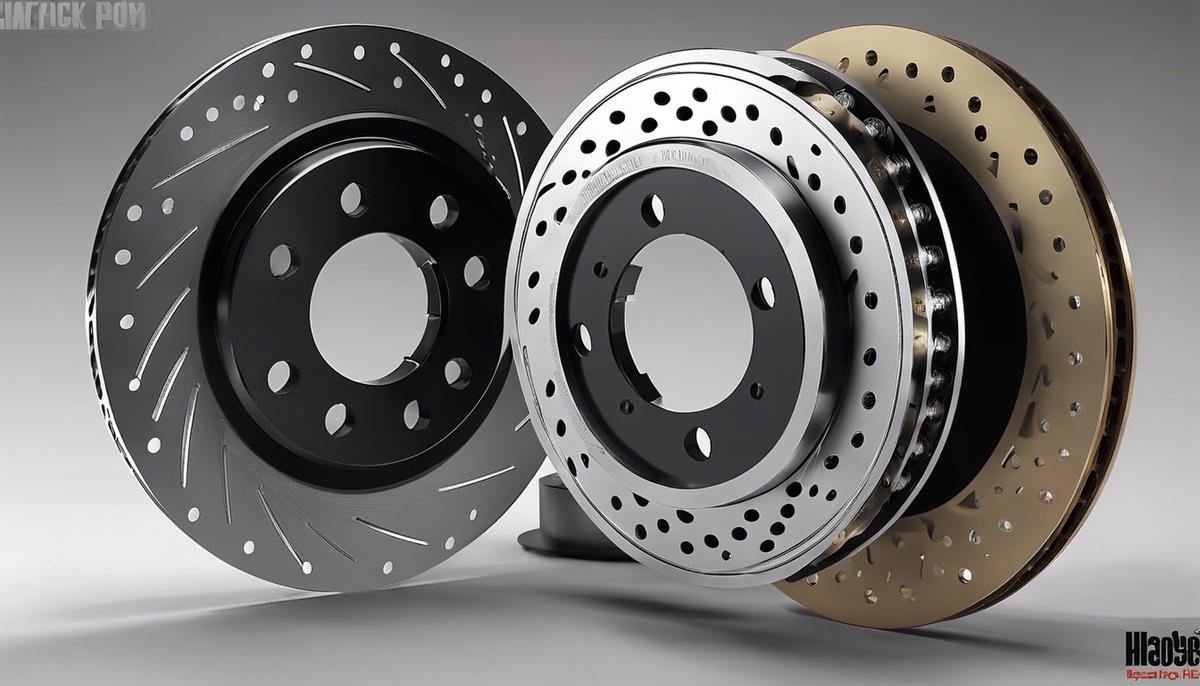
Maintenance and Upkeep of Performance Brake Rotors
Alright, you’ve got the know-how on the ins and outs of brake rotors and even tackled the big debate on upsizing. Now, let’s get our hands dirty with some real-world, rubber-meets-the-road tips for keeping those rotors in tip-top condition.
First things first, let’s chat about bedding in new rotors. Yep, you heard right – even those shiny new brake rotors need a proper introduction to your pads. This crucial step involves a series of controlled stops to lay down an even layer of pad material on the rotor surface. No need to go all Fast & Furious here. We’re talking gentle to moderate braking from various speeds without coming to a complete stop. This little dance prevents jitters and ensures a smooth relationship between pads and rotors.
Once bedded, regular checks are your best friend. Keep an eye out for any uneven wear, grooves, or scoring on the rotor surface during routine maintenance. If something looks off, don’t wait up – it’s time for a check-up.
Now, braking hard is sometimes a rush, but all that heat can be a drag for your rotors. To dodge overheating and warping, try to avoid those constant, on-the-edge stops unless you’re tearing it up at the track. For daily driving, be nice to your rotors and they’ll repay the favor with longevity.
Speaking of heat, if you’re into spirited drives on windy roads or have a track day habit, consider investing in high-quality brake fluid with a higher boiling point. This fluid upgrade is like an internal coolant for your brake system, helping to maintain stability under sizzling conditions.
Don’t overlook the simple stuff, either – like keeping your vehicle’s weight in check. Extra unnecessary pounds mean more work for your brakes during those oh-so-important stop moments. Lighten the load and give ’em a break (pun intended).
And folks, I cannot stress this enough – stick with the recommended maintenance schedule, no shortcuts! That means swapping out brake pads before they’re worn down to nubs and getting those rotors resurfaced or replaced when needed. Quality pads are the front-line defense for your rotors, so don’t skimp.
You know those random squeaks and squeals from your brakes? They’re not just annoying – they’re your car hollering for attention. Listen closely, and don’t ignore these cries for help; addressing issues early can save your rotors big time.
Last, but certainly not least, let’s talk a bit about balance. Every once in a while, have your wheels and braking system checked for balance. An unbalanced system can lead to uneven wear and tear, and your rotors deserve better.
To wrap this up, remember every portion of that brake system is like a member of a rock band – everyone’s got to be in sync for that sweet, sweet music… or in this case, that perfect, reliable stop. Take care of them rotors, and they’ll take care of you. Keep rolling safely, brake enthusiasts!
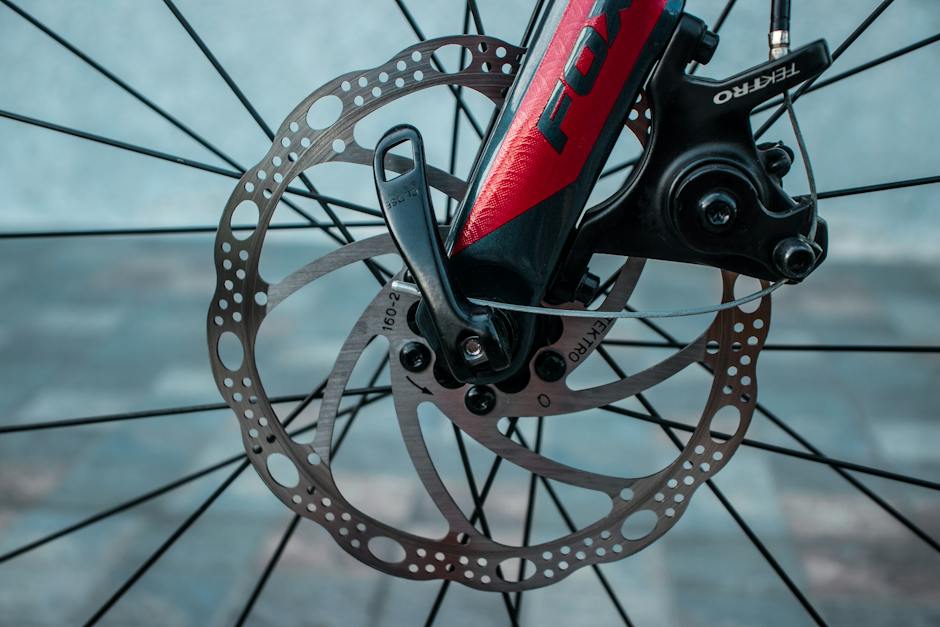
Ensuring the peak performance and safety of a high-speed vehicle is a task that demands attention to every detail, not least the brake rotors that stand vigilant against the forces of inertia. Armed with the knowledge of rotor dynamics, the impact of size on performance, and the careful balance required between mass and efficiency, drivers can make enlightened choices about the systems that they rely on in their quest for speed and control. Regular maintenance and a tuned awareness of the signs of wear will keep these critical components functioning at their best. As one navigates the exhilarating journey of performance driving, remembering the importance of well-chosen and meticulously maintained brake rotors will remain a constant companion, guiding them to new summits of automotive achievement and personal triumph.

